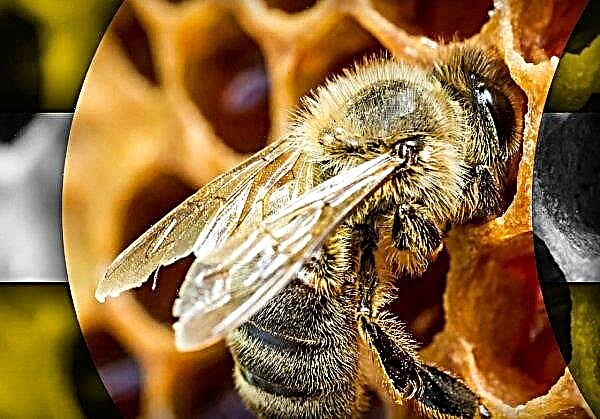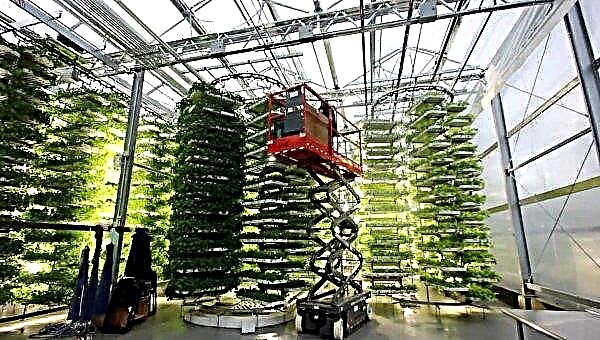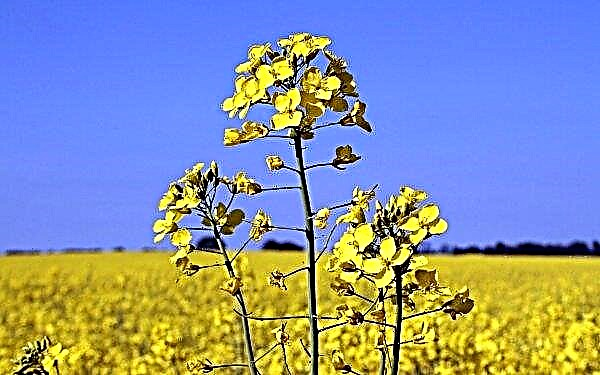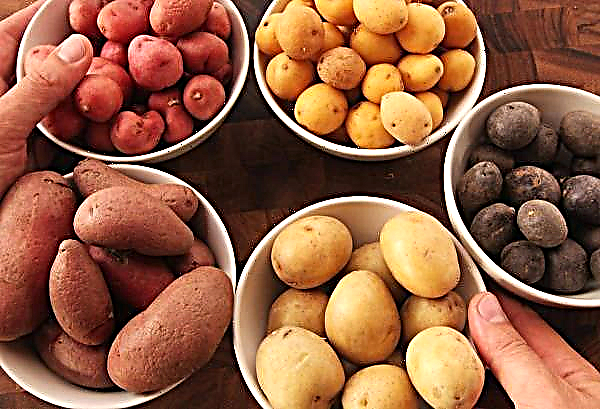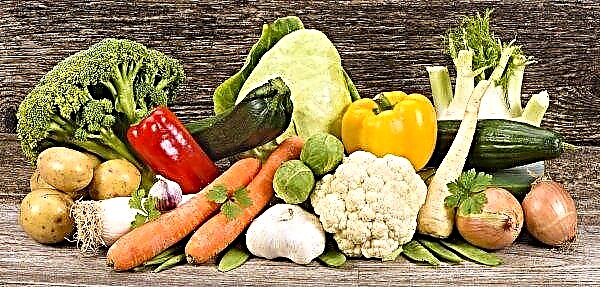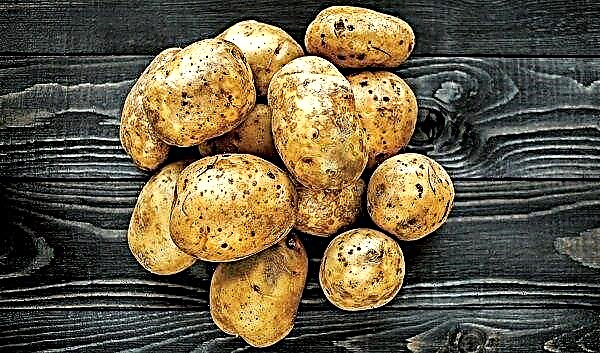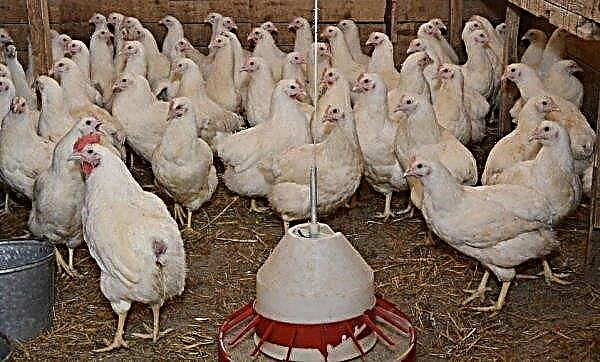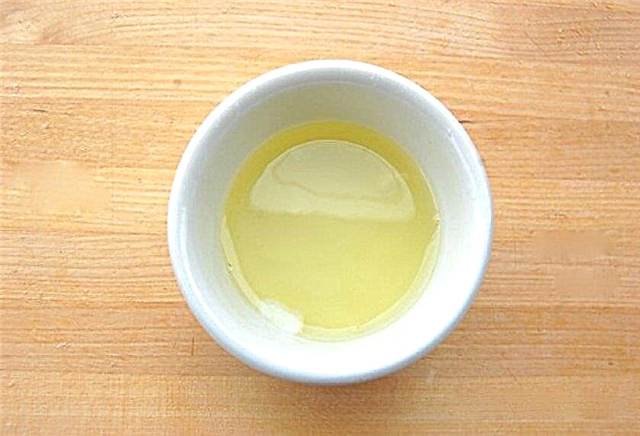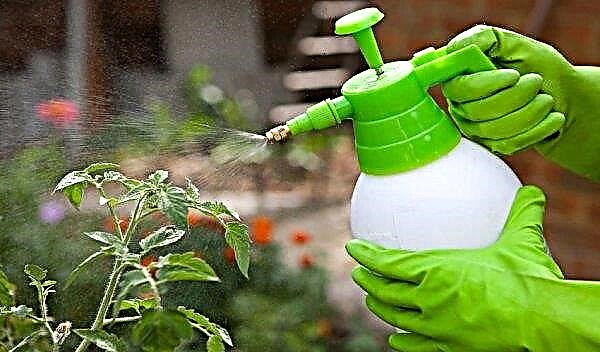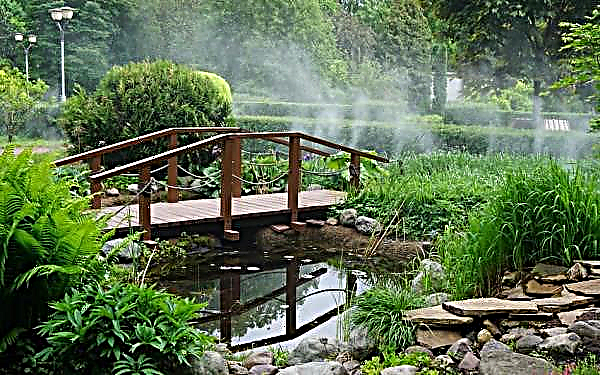Wild edible honeysuckle is most common in wild forests in the Far East, the Urals and Siberia. It is in these regions that the most active work is carried out to develop new plant varieties. Honeysuckle Narymskaya got its name from the Narymsky district of the West Siberian region - the birthplace of the variety. About this plant in more detail - later in the article.
Description of honeysuckle variety Narymskaya
The first mention of edible honeysuckle appeared in the notes of the discoverer of Kamchatka, Vladimir Atlasov in the XVII century. It was about the sweet blue berries that the locals picked in early spring in the wild forests. The first attempts to cultivate this plant date back to the late 19th and early 20th centuries.
And only in the 20s. of the last century, breeders became interested in berries with incredible frost resistance and unique properties, actively taking on new varieties for cultivation in household plots. Today, this berry is cultivated in many countries: Poland, the Czech Republic, Slovakia, China, Canada, etc.Did you know? The famous biologist and breeder I.V. Michurin called honeysuckle a valuable and very promising berry.
Selection history
For regions with a harsh climate, honeysuckle has become a godsend. This plant easily tolerates frosts up to -50 ° C, so most nurseries for the cultivation of new varieties are in Siberia and the Far East.
All known varieties of this culture come from 5 of its wild ancestors:
The Narymskaya honeysuckle was obtained as a result of free pollination of the Dolphin variety at the Bakcharsky stronghold of northern horticulture in 2002 and was included in the State Register of Selection Achievements.Appearance, characteristics of berries, ripening time, yield
Narymskaya honeysuckle is a hemispherical bush. Lateral skeletal branches are directed wide to the sides. The bases of the shoots rise up to a height of 1.6–1.7 m, after which they form an arch and sink to the ground with their edges.
The description of the berries is as follows: they are large, wide-spindle-shaped, weight - 1–1.3 g, length - 2.9–4 cm, diameter - 1–1.1 cm. The color is blue, they have a characteristic dense wax coating. Dessert berries are sweet and sour in taste, may have a small bitterness if the summer turned out to be arid.
The chemical composition of berries:
- soluble solids - 16%;
- sugar - 8%;
- organic acids - 2%.

In addition, berries are rich in vitamins, macro- and microelements:
- magnesium - strengthens the nervous system, protects against stress;
- potassium - supports the work of the heart and blood vessels, normalizes blood pressure;
- iodine - helps in the work of the thyroid gland;
- zinc - improves the functioning of the gastrointestinal tract, helps wound healing;
- Vitamin PP - improves memory;
- Vitamin C - needed to increase immunity and fight colds.
Important! Honeysuckle is contraindicated in gastritis with high acidity and peptic ulcers.
The Narymsky variety begins to ripen early, but not in a friendly manner, so it is classified as mid-early. Due to the density of the bush and the curvature of the branches, ripening is stretched over time. Harvesting is recommended in two stages. Bushes aged 6–10 years yield 2.5–4 kg of crop per year.Shedding berries is weak - up to 5-10%.
Advantages and disadvantages of the variety
Like any other, this variety has its advantages and disadvantages.
- Advantages are as follows:
- high frost resistance;
- unpretentiousness;
- ease of growing and harvesting;
- high productivity;
- minimal exposure to diseases and pests.

- Disadvantages are also available:
- bitter taste of berries in dry years;
- the ripening of the crop is stretched over time.
Agricultural technology
Honeysuckle Narymskaya is an unpretentious, frost-resistant, high-yielding variety. With proper planting and care, the bush can bear fruit abundantly for up to 30 years.
Seat selection
Honeysuckle can grow in almost any place. But for the long life of the bush, abundant fruiting and obtaining tasty large berries, a number of requirements must be observed:
- Heavy clay or light sandy honeysuckle soils are not suitable. It is better to plant seedlings in chernozems, mixed soils with the addition of peat or peat bogs.
- You cannot select areas that are prone to spring floods and groundwater accumulation.
- The site should be well lit. If the plant does not receive enough light, the berries will become small and lose their taste.
- Bushes should be planted in a sheltered area. Strong winds can shake off the berries.

Landing and care
Honeysuckle blooms very early and begins to bloom at an average daily temperature of +3 ... + 5 ° C. The plant prepares for wintering already in late August-early September, so it is almost impossible to transplant the bush in spring. It is better to deal with transplantation in September. In spring, you can plant only seedlings bought in nurseries or grown in special containers. Before planting, you need to prepare the soil as follows:
Before planting, you need to prepare the soil as follows:
- Thoroughly remove weeds.
- To add organic fertilizers to the soil (peat, compost, manure or humus are suitable) at the rate of 8–10 kg / 1 m². After this, the entire area must be dug up on the bayonet of a shovel.
- Dig a small hole in the future row-spacing, fill it with water and shake the ground to the state of sour cream (this talker will be needed in the process of planting).

Nursery seedlings are usually sold at 2-3 years of age. To plant such plants, dig holes 60 × 60 cm in size and 50 cm in depth. The distance between the holes is at least 1.5 m.
Did you know? Both in honeysuckle seedlings and in adult bushes, peeling of the bark is often observed. Do not be scared, because this is a normal phenomenon for this species. For this feature, the plant was even called "shameless."
If the soil is very poor, you can add organic fertilizers directly to the pits before planting. Allowed up to 10 kg of organic fertilizer per 1 bush. In addition, it is recommended to pour 50 g of potassium salt and superphosphate at the bottom of each pit.
Video: Honeysuckle. Planting and Care
Next, you need to shorten the long roots to 30 cm, dip the roots in a liquid earthen mortar and distribute along the bottom of the pit. Then you should fill the hole so that the shoots begin at ground level or below the level no more than 3 cm. The bush is watered abundantly, the soil is compacted and mulched with humus or peat. The thickness of the mulch is 1-2 cm.
For the first 3-4 years, the Narymskaya honeysuckle does not need to be fed. After the first “commodity” harvest (at least 0.5 kg from one bush), the first fertilizing with organic fertilizers is carried out by mulching. To do this, from the bush according to the diameter of the crown, distribute from 0.5 to 1 buckets of peat with humus or manure and 0.5–1 l of wood ash. This procedure must be repeated every year or once every 2 years.
Did you know? Some researchers claim that the smell of honeysuckle flowers helps eliminate nervousness, overcome stress and even overcome depression.
If the bushes grow on well-moistened soil, you can use mineral fertilizers according to the following scheme:
- When the kidneys open, they are fed with ammonium nitrate at the rate of 25 g / 1 m². This improves shoot growth.
- After flowering until the harvest ripens, a second top dressing is performed. For this, 10 g of saltpeter and 15 g of potassium salt and double superphosphate are added per 1 m². This top dressing needs to be combined with watering. This stage is needed to prepare the plant for winter and form the basis of a new crop.
- In the fall, under digging, 15 g of potassium salt and double superphosphate are added, which improves root growth and increases the frost resistance of the bush.

Honeysuckle watering depends on soil moisture and the rainy season. In any case, drying out of the soil should not be allowed, as well as its swamping. If the soil is dry, then the bush needs to be watered at the rate of 1 bucket of water for young plants and 2-3 buckets for abundant fruiting. The most effective watering will be if you dig a trench 8-10 cm deep around the circumference of the crown and pour water.
After the water is absorbed, the ditch must be covered with earth. The rest of the care for the Narymskaya honeysuckle comes down to removing weeds and loosening the soil.
Pollination Features
Honeysuckle Narymskaya has bisexual, but self-infertile flowers, therefore, requires cross-pollination. A lonely honeysuckle will not bear fruit, and bushes of the same variety in the garden can perform only a decorative function. They will bloom abundantly, but very few fruits will be planted.
To get a large crop, you need to plant as many different varieties as possible in the garden. In addition, bushes should not be scattered around the garden. It is important to plant them on one site in close proximity to each other. The main pollinators of honeysuckle are bumblebees. Plants bloom very early when the bees are still practically not flying.
Pest and Disease Control
Feedback from gardeners and the opinions of professionals suggest that honeysuckle is practically not affected by any diseases and pests. These bushes are not sprayed for prevention with any chemicals, which allows you to get an absolutely environmentally friendly crop. In very rare cases, honeysuckle can infect the leaf mosaic virus when green or white-green stripes or spots appear on the leaves. Trying to treat a viral disease is useless, the infected bush will have to be uprooted and burned immediately to protect other garden inhabitants.
In very rare cases, honeysuckle can infect the leaf mosaic virus when green or white-green stripes or spots appear on the leaves. Trying to treat a viral disease is useless, the infected bush will have to be uprooted and burned immediately to protect other garden inhabitants.
Sometimes honeysuckle affects the fungus. Brown spots appear on its leaves, after which they dry up and fall off. To combat the fungus, after harvesting, the bush is sprayed with "Topaz". The procedure is repeated in the spring, before flowering begins.
Some pests may be interested in the bushes:
- Aphid manifested by the appearance of small insects of black, gray or green color, reminiscent of a continuous plaque from afar. With severe damage, the leaves begin to curl. To destroy aphids, the bushes after harvesting are sprayed with Cypermetrin.
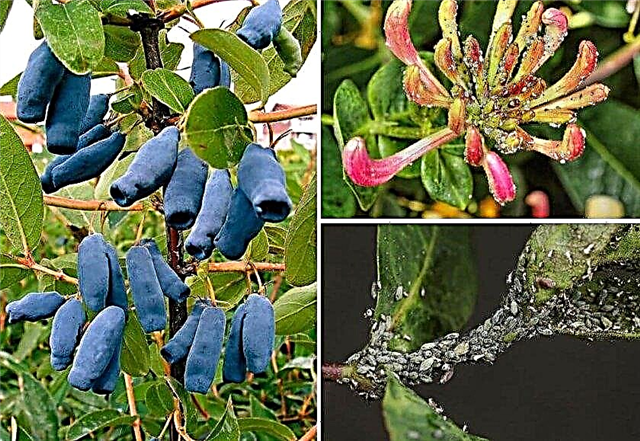
- Spider mite manifested by point injections on the leaves. A barely visible cobweb appears on the plant. The tick is destroyed by spraying the plant “Karbofos” before flowering and after harvesting.
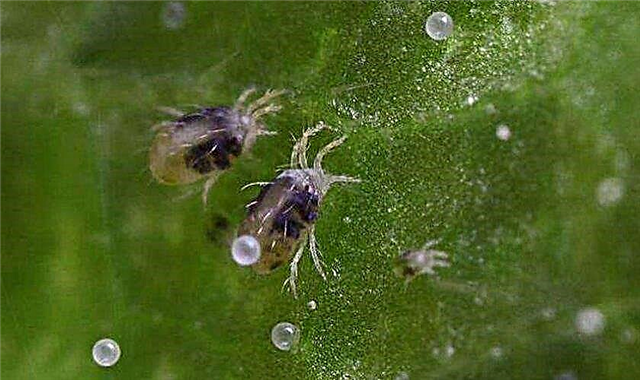
- Acacia false shield manifested by swollen brown plaques on the branches. The fight against it is the same as with the spider mite.

- Honeysuckle Fingerfly - a caterpillar eating bush fruits. The berries that the caterpillar has reached become curved, ripen ahead of time and crumble. To destroy the pest, you need to collect the infected berries and burn.
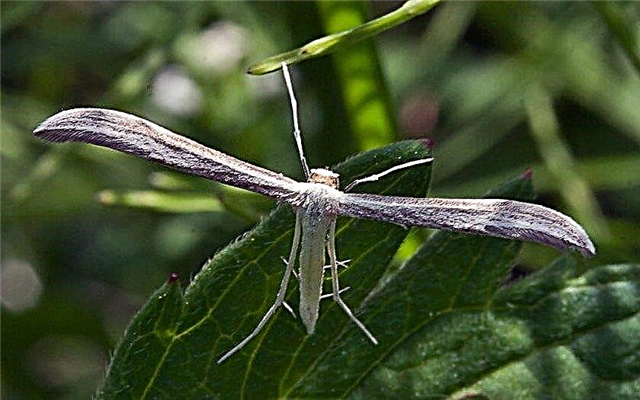
- Blackbirds love to enjoy honeysuckle. Flocks of these birds are able to collect the entire crop in a matter of minutes. To protect berries from feathered pests, bushes are covered with a protective net.
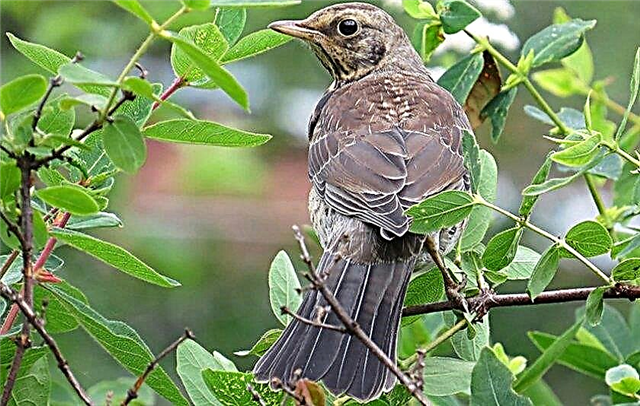
Cropping and shaping the crown
The Narymskaya honeysuckle does not require pruning; it itself forms a crown well. Inadequate intervention can only do harm. From the moment of planting and up to 10 years, you only need to remove the weak, broken, as well as branches bent inside the bush. From 10 years, if necessary, the bush can be thinned out, to provide access of light inside for the best ripening of berries. To do this, cut out part of the old skeletal shoots.
From 10 years, if necessary, the bush can be thinned out, to provide access of light inside for the best ripening of berries. To do this, cut out part of the old skeletal shoots.
Wintering
Honeysuckle Narymskaya is a winter-hardy variety, whose homeland is Siberia. He used to winter at temperatures up to -50 ° C and bloom in spring frosts to -7 ° C, therefore, the bush does not require preparation for winter. He easily survives it without bending branches and sheltering with snow.
Harvesting and transportation of the crop, shelf life of berries
Harvesting the honeysuckle of Narymskaya is very easy by brushing. To do this, cover the ground under the bush with films or bedspreads and gently brush the bush. All ripe berries crumble.
Since dry separation of fruits is characteristic of this variety, and the berries themselves have a dense skin, they do not beat when falling, and the place of separation of the stem remains intact and dry. At a low temperature, berries can stand in buckets for 2-3 days.
Honeysuckle Narymskaya is a very interesting variety, which is worth having in your garden among others. It is convenient in that not all berries ripen at the same time and, at the same time, hold well on the bush. Due to this, fresh fruits can be eaten directly from the bush daily for several weeks.Important! Honeysuckle Narymskaya is characterized by extended ripening, so you do not need to try to cut all the berries at once. First shake the bush and pick those berries that have fallen. Then, after a couple of weeks, when the rest ripen, shake them too.






